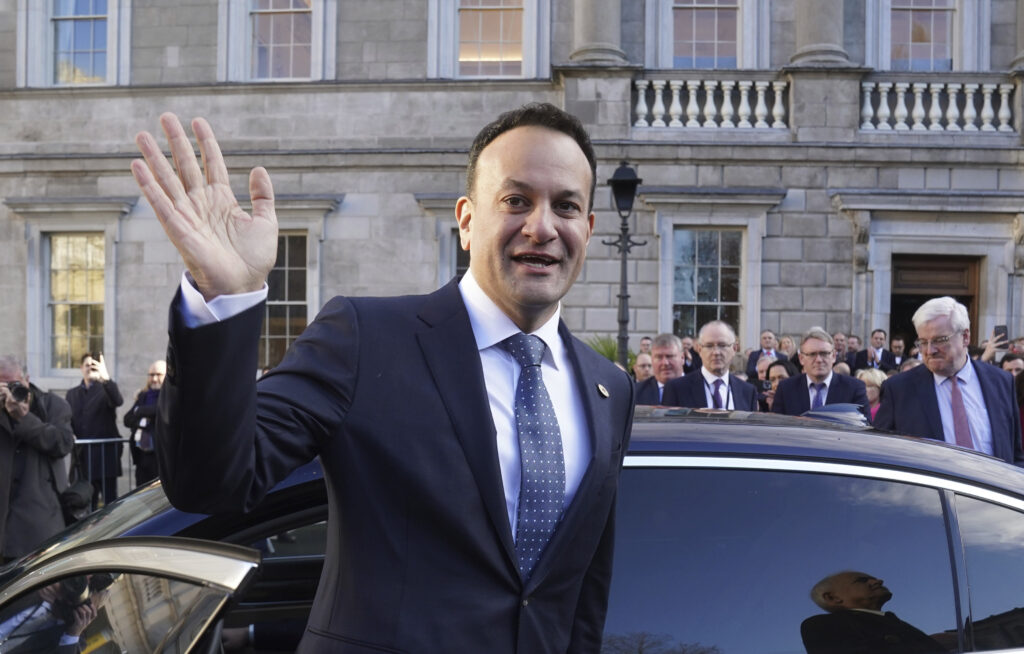Ireland has a new prime minister, Leo Varadkar – as he and Micheál Martin swap roles. Eighty-seven TDs in the Irish Parliament voted to elect Mr Varadkar, while 62 were against his nomination. Varadkar takes over from Martin as government leader, while Mr Martin takes on his role as tánaiste (deputy prime minister). The rotation of power was laid down in the coalition agreement of June 2020. The deal brought together Mr Varadkar’s Fine Gael party, Mr Martin’s Fianna Fáil and the Green Party in a historic compromise. Varadkar, a qualified medical doctor, previously served as minister of Defense from 2017 to 2020. The Associated Press has the story:
Varadkar back as Irish PM in political job-share deal
Newslooks- LONDON (AP)
Leo Varadkar returned for a second term as Ireland’s prime minister on Saturday as part of a job-sharing deal made by the country’s centrist coalition government.
Lawmakers voted to approve Varadkar’s nomination to replace Micheál Martin during a special session of the Dail, the lower house of Ireland’s parliament. His appointment was confirmed when he received the seal of office from President Michael D. Higgins, Ireland’s head of state.
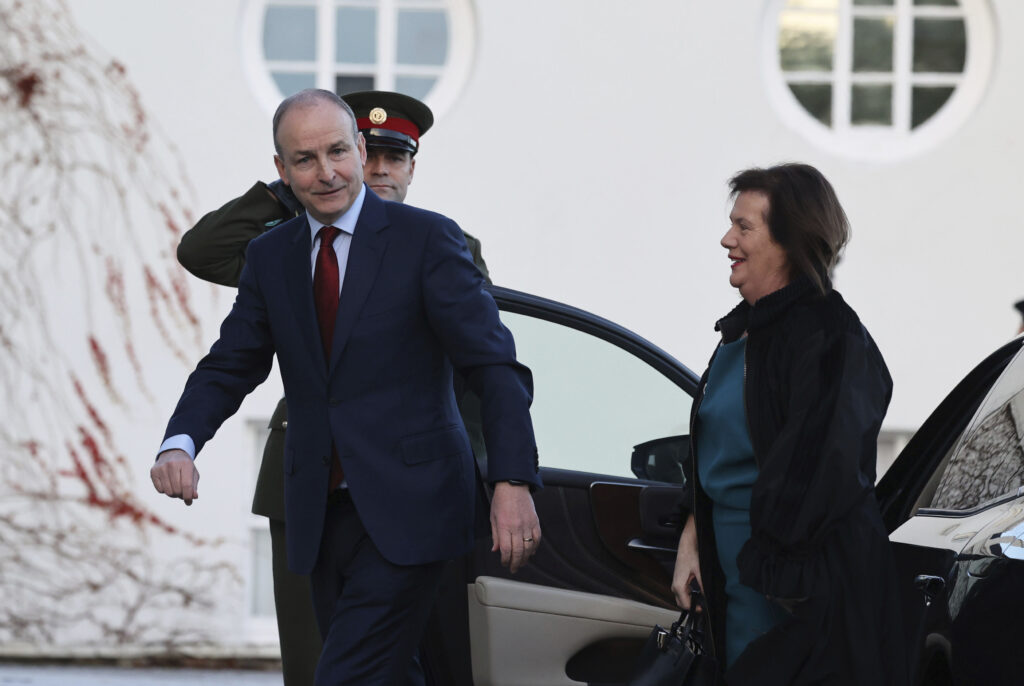
Martin has served as Ireland’s leader, or taoiseach, since an election in 2020 that produced a historic coalition agreement between his Fianna Fáil party and Varadkar’s Fine Gael.
Forming a government along with the smaller Greens, the parties agreed Martin would hold the top job with Varadkar as his deputy for the first half of a five-year term, before the men switched posts.
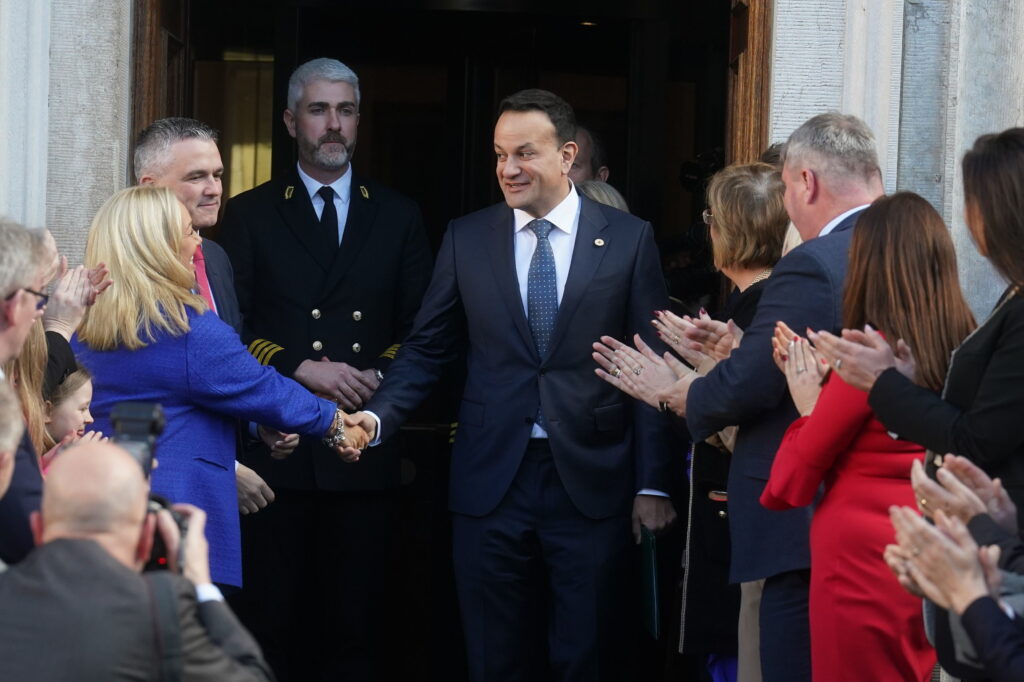
The government faces a daunting set of challenges, including a housing crisis, soaring energy costs, an overstretched health care system and thorny post-Brexit relations with the United Kingdom.
In an acceptance speech, Varadkar promised to tackle the housing and cost of living crises during the remainder of the government’s term, “offering hope and housing, economic opportunities and a fair start for all.”
Martin, 62, submitted his resignation to the president on Saturday morning. He said it had been “the honor of a lifetime” to serve as taoiseach and he was “looking forward to the second phase of this government.”
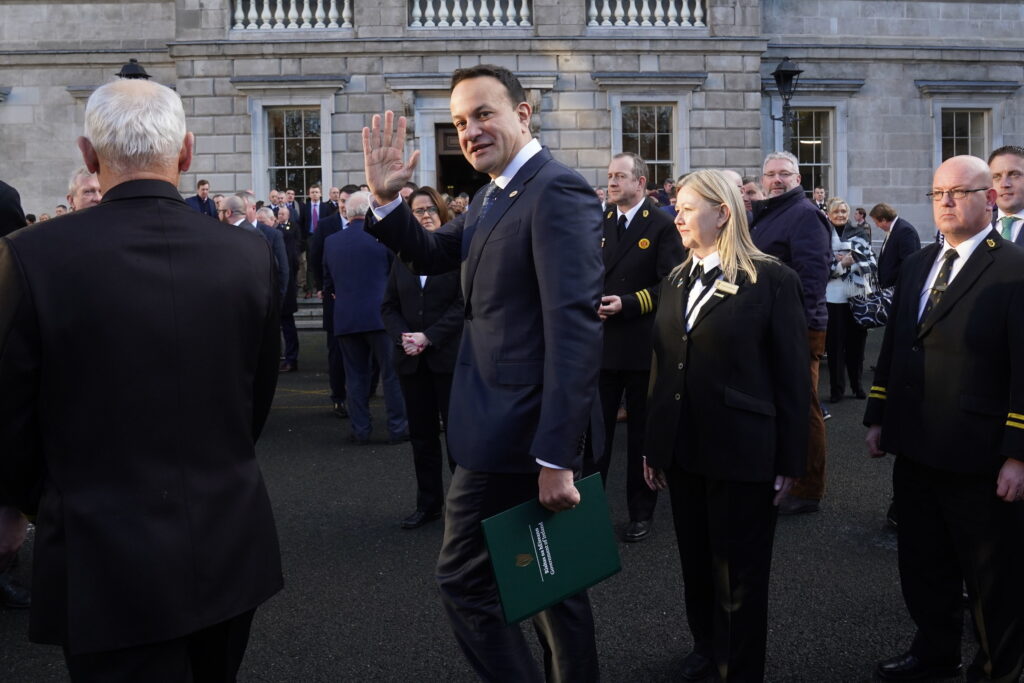
Fine Gael and Fianna Fáil are both centrist parties, with a fierce rivalry stemming from their origins on opposite sides of Ireland’s civil war a century ago. They have dominated Irish politics for decades but had never formed a government together before.
Their coalition deal shut out left-wing nationalist party Sinn Fein, which won the largest share of votes in the 2020 election but was unable to assemble enough support to govern. The two centrist parties have long shunned Sinn Fein because of its historic links to the Irish Republican Army and decades of violence in Northern Ireland, but it continues to build support, especially among younger voters.
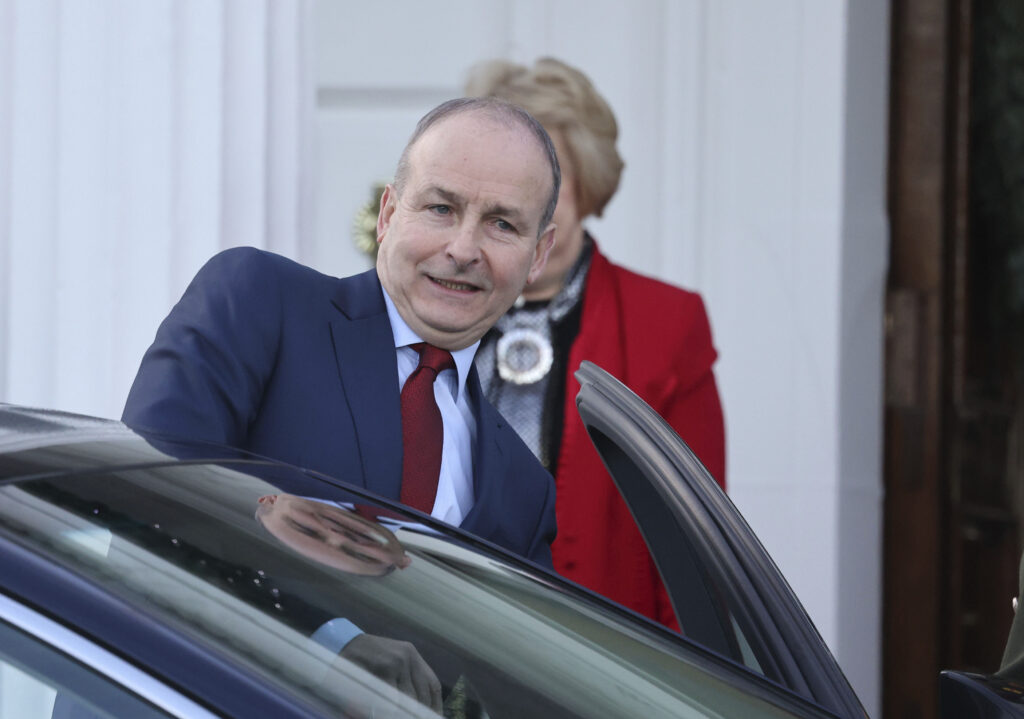
Sinn Fein leader Mary Lou McDonald voted against Varadkar’s selection, saying the coalition government was “out of touch, out of ideas and out of time.”
Varadkar, 43, served as prime minister between 2017 and 2020 — the country’s youngest-ever leader and first openly gay prime minister. Varadkar, whose mother is Irish and father is Indian, was also Ireland’s first biracial taoiseach.
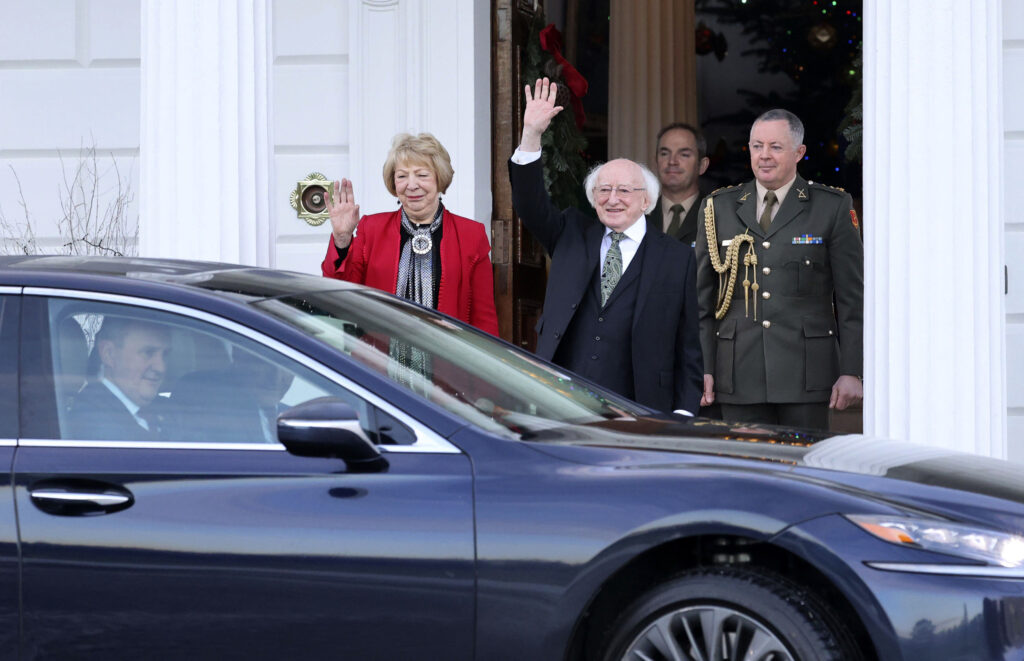
Varadkar said that attention during his first term had understandably focused on what his election represented for Ireland, which gained independence from Britain a century ago as an overwhelmingly Roman Catholic, conservative nation.
But now, he said, “I think we should focus on where our country is now and what needs to be done as we prepare for our next century of statehood.”

